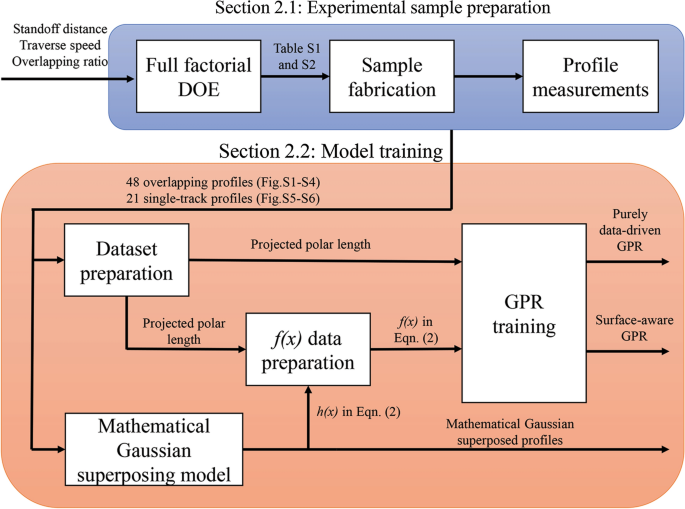Data-Driven Overlapping-Track Profile Modeling in Cold Spray Additive Manufacturing
Abstract
Cold spray additive manufacturing is an emerging solid-state deposition process that enables large-scale components to be manufactured at high-production rates. Control over geometry is important for reducing the development and growth of defects during the 3D build process and improving the final dimensional accuracy and quality of components. To this end, a machine learning approach has recently gained interest in modeling additively manufactured geometry; however, such a data-driven modeling framework lacks the explicit consideration of a depositing surface and domain knowledge in cold spray additive manufacturing. Therefore, this study presents surface-aware data-driven modeling of an overlapping-track profile using a Gaussian Process Regression model. The proposed Gaussian Process modeling framework explicitly incorporated two relevant geometric features (i.e., surface type and polar length from the nozzle exit to the surface) and a widely adopted Gaussian superposing model as prior domain knowledge in the form of an explicit mean function. It was shown that the proposed model could provide better predictive performance than the Gaussian superposing model alone and the purely data-driven Gaussian Process model, providing consistent overlapping-track profile predictions at all overlapping ratios. By combining accurate prediction of track geometry with toolpath planning, it is anticipated that improved geometric control and product quality can be achieved in cold spray additive manufacturing.


 求助内容:
求助内容: 应助结果提醒方式:
应助结果提醒方式:


